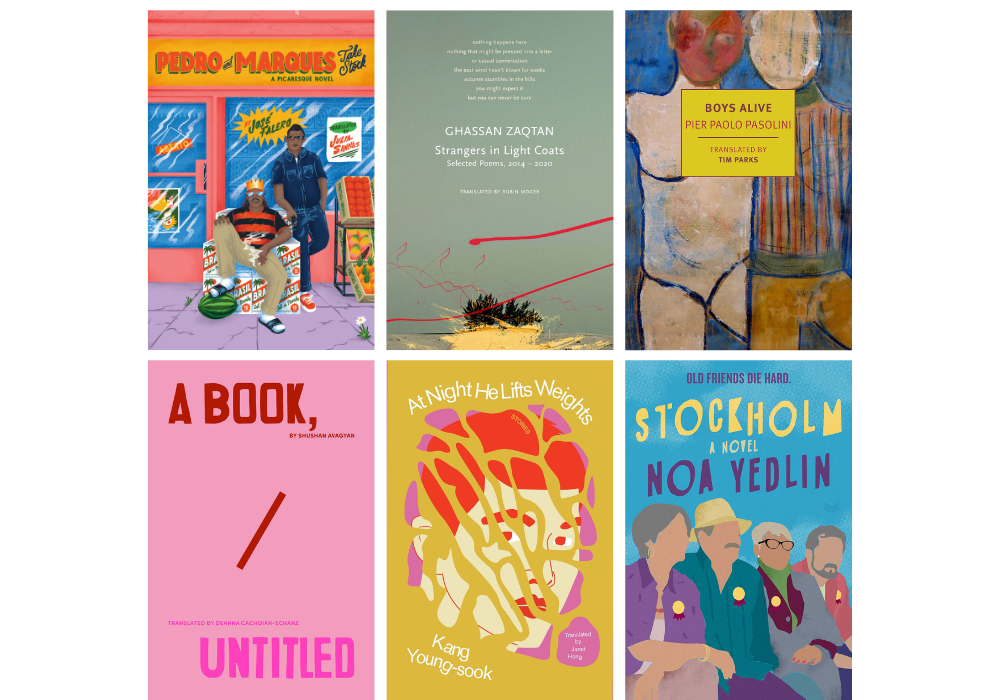These are exciting times for Armenia. After seventy years of Soviet rule and twenty years of independence, a new generation is finally beginning to emerge. It is a generation that was born on the brink of the collapse of the Soviet Union, that got a taste of the tail end of the Soviet Union, that witnessed the very birth of an independent Armenia, and that spent much of its childhood in cold, hunger, war, and darkness. It is a generation that learned firsthand that wealth and comfort are not permanent, that they can vanish at a snap of the fingers.
Yet, despite the hardships it experienced at its inception, it is also a generation that survived it all; a generation that continued where the country left off, that learned to turn the vintage into chic and the old-fashioned to dust. It is a generation that inevitably became trans: transitional, transnational, transgenerational. It is the first generation that can and does look beyond the borders of Armenia, that can and does question conventions, that can and does subvert expectations. It is also the first generation that came of age in the post-Soviet era, that is walking a thin line between the past and its legacy in the present, and that finds it both necessary to rid itself of what came before and to tie itself to what was left behind.
In the arts, this has manifested itself in discarding censorship and expected forms, but at the same time returning for inspiration to a self-selected Soviet style. In literature, it has been the rejection of traditional narratives and forms of storytelling that have made way for a quest to reshape language and bring literature back to words. This literary genre often feels like a collage of vignettes and wordplay woven together with a philosophy that both critiques the ruling ideology from generations past and resists the undergirding clichés that exist today.
Although both men and women are at the forefront of this artistic and philosophical revolution—if we can call it that—it is arguably the women who stand out the most. For four decades, in the post-Stalinist Soviet Union, women and young girls were, for the most part, discouraged from pursuing literature as a serious profession, and female writers from earlier generations were largely ignored, never taught in schools and never canonized publicly. Male writers, on the other hand, were always respected and encouraged.
Since my intention for this feature was to highlight what is new in Armenia, I made a deliberate decision to present only this generation’s young female writers. I did not do this because I believe male writers in Armenia don’t deserve adequate attention; I did it because I wanted to push into the limelight what has traditionally been left in the shadows. The young women of this generation no longer accept being marginal or marginalized. They have appropriated freedom and independence in their own right and have become a key voice in Armenia’s artistic and literary scene. They are, without doubt, at the very center of Armenia’s contemporary movement and they deserve to be recognized as such.
The first piece in this feature is chapter one from Shushan Avagyan’s novel Book, Untitled. Avagyan is perhaps the most critical and contrarian of all the authors featured here. As she goes about deconstructing every convention of traditional narrative and storytelling, she reconstructs another way of presenting literary material—one in which thoughts and ideas carry more meaning than pitch-perfect storylines with beginnings, middles, and ends. This makes reading her a challenging and active process, because she makes every line, sentence, and word count. Moreover, her frequent references to past Armenian women writers compels the reader to remember them, or, in many cases, to be introduced to them.
The second piece is Anna Davtyan’s short story “Wide Shot.” In this short story, we get a glimpse of Armenian rural life through the contemporary urban lens of the narrator who observes her grandmother’s traditional way of life. As distant as the narrator feels from her grandmother’s past and present life, she gradually finds herself realizing that traditions run deep and that breaking away from them proves more difficult than she could ever have imagined.
The third piece is a short story by Ani Asatryan. In “I’m Not Going to Die,” Asatryan draws a picture of modern urban life in the capital of Armenia, Yerevan. Her focus in this story is not only the desolate economic reality, but more poignantly the unchanging culture of young girls in Armenia. When the narrator wishes to inspire a young girl in her neighborhood to grasp freedom and run with it, she cannot find her. The young girl’s absence seems to symbolize the absence of knowledge among many young girls in Armenia that they can be free to make their own choices.
The fourth and final story is by Lilit Karapetyan. In “Before Sunrise,” the narrator draws a collage of her short visit to Kars. Until the beginning of the twentieth century, Kars was an overwhelmingly Armenian city, but since the Armenian Genocide of 1915 and the retreat of the Russians around the same time, it became a predominantly Turkish and Kurdish city. For the narrator, seeing how the city has almost completely lost its distinctively Armenian characteristics and how she is viewed as a foreign element by the inhabitants takes her so aback that she finds no other way to describe her experience but through a mosaic of jumbled glimpses.
I hope that this limited selection, which is by no means exhaustive or objective, leaves the reader curious to discover more about Armenia and the vast array of genres and styles that encompass Armenian literature.








